Test: Coupled Circuits - 1 - Electrical Engineering (EE) MCQ
10 Questions MCQ Test Network Theory (Electric Circuits) - Test: Coupled Circuits - 1
In the circuit of given figure = 4 sin2 A, and i2 = 0.
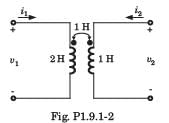
Q. v1 = ?

Q. v1 = ?
In the circuit of given figure i1 = 4 sin2 A, and i2 = 0.

Q. v2 =?

Q. v2 =?
Consider the circuit shown in given figure:
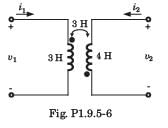
If i1 = 0 and i2 = 2 sin4 A, the voltage v1 is:

If i1 = 0 and i2 = 2 sin4 A, the voltage v1 is:
Consider the circuit shown in given figure:
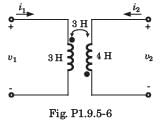
If i1 = e-2tV and i2 = 0, the voltage v2 is:
Consider the circuit shown in given figure.
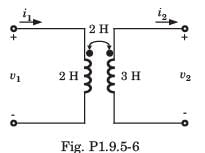
If current i1 = 3 cos4 A and i2 = 0, then voltage v1 and v2 are:
Consider the circuit shown in the given figure.
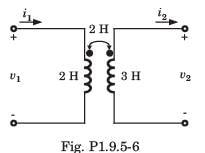
If current i1 = 0 and i2 = 4sin3tA, then voltage v1 and v2 are:
In the circuit shown in the given figure i1= 3 cos3t A and i2 = 4 sin3 A.

Q. v1 = ?
In the circuit shown in the given figure i1= 3 cos3t A and i2 = 4 sin3 A.
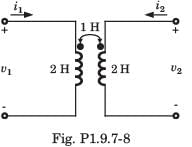
Q. v2 =?
In the circuit shown in the given figure i1 = 5 sin3 A and i2 = 3 cos3t A

Q. v1 =?
Two coupled coils with L1 = L2 = 0.5 H have a coupling coefficient of K = 0.75. The turn ratio N1/N2 =?
|
68 videos|88 docs|62 tests
|














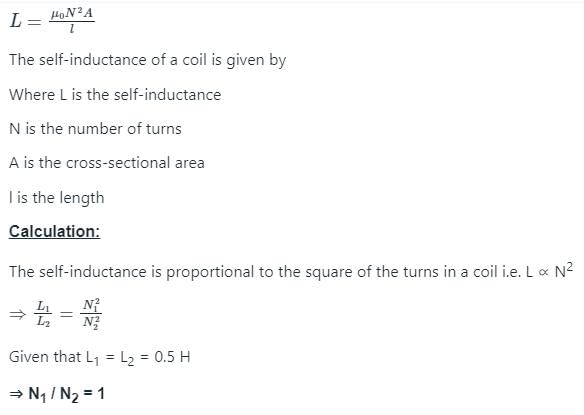 Correct option is D.
Correct option is D.
















